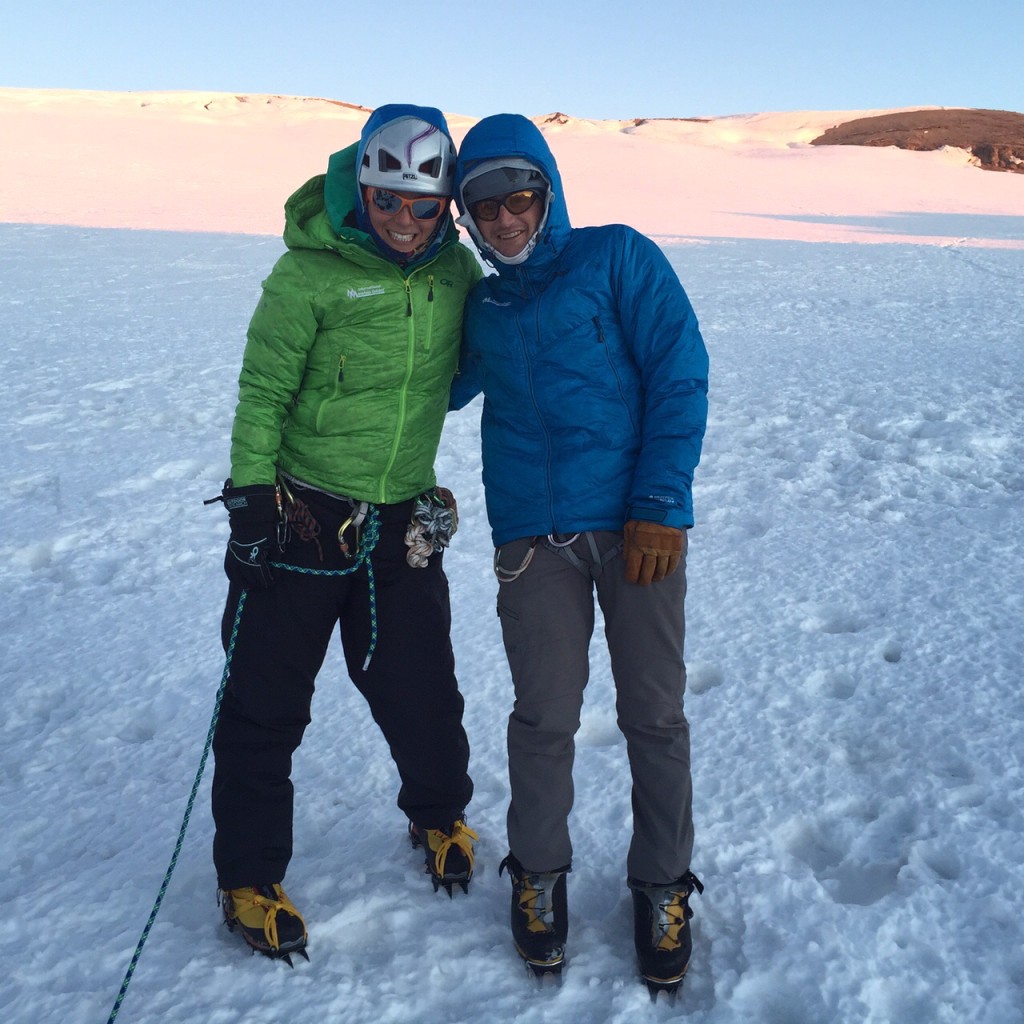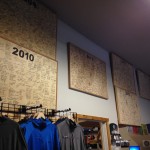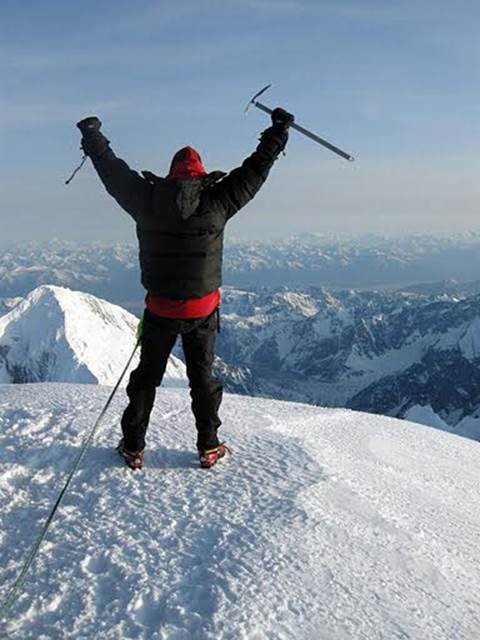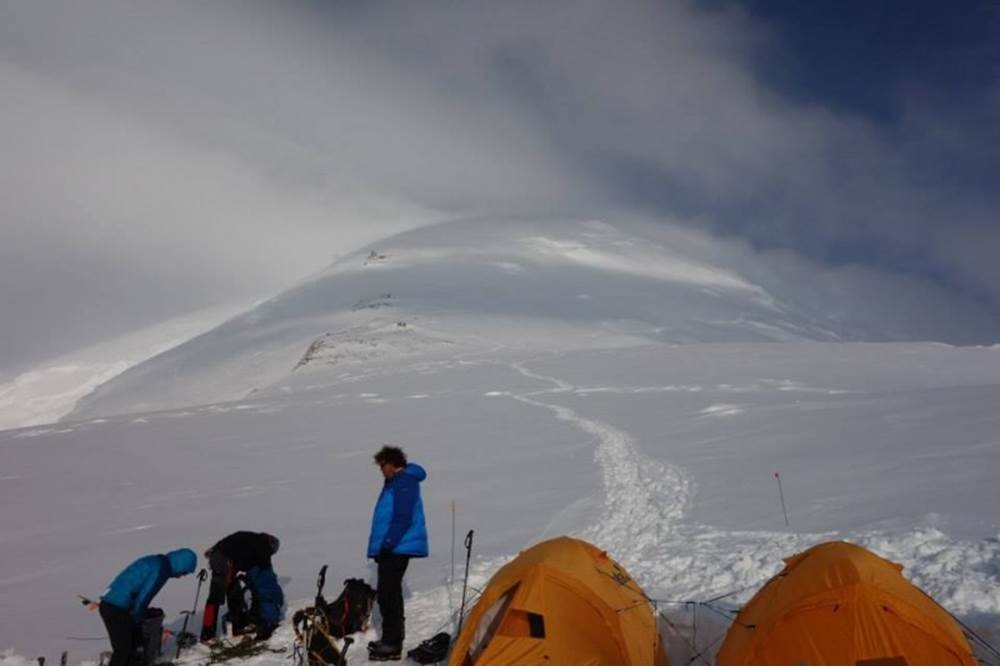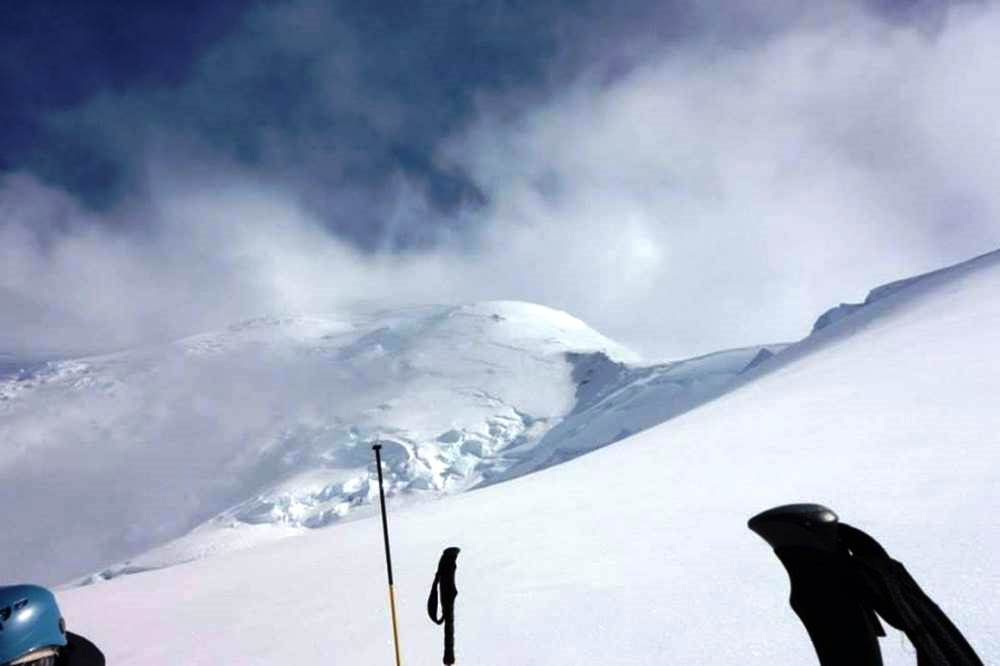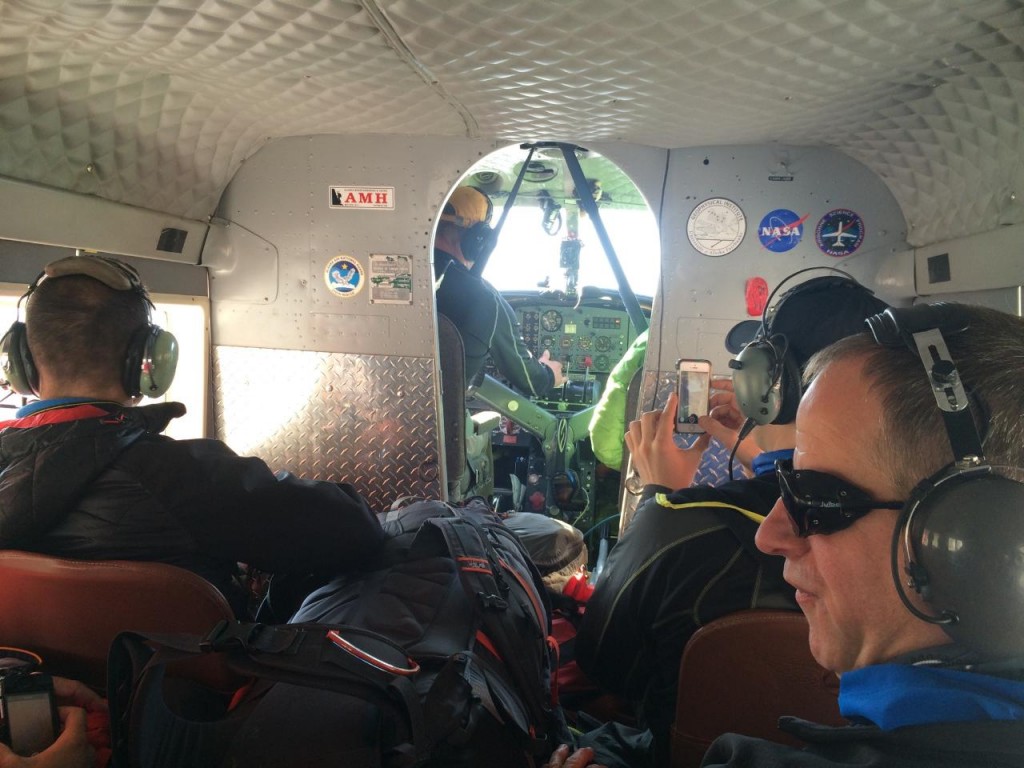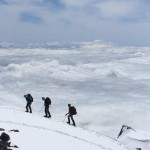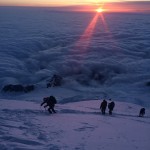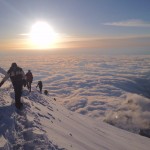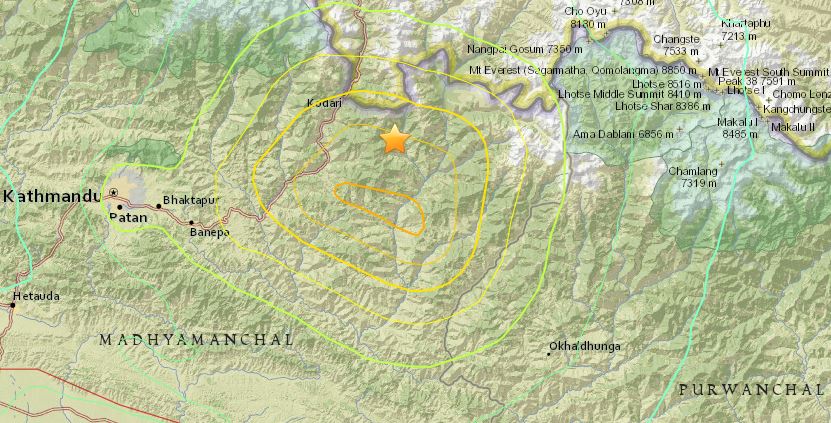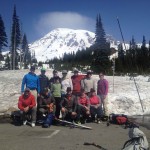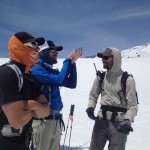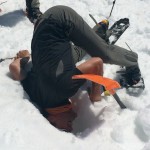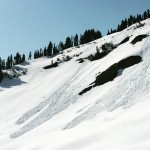June 14, 2015
At 5:30 a.m. on Saturday, June 13, 2015, Mike Haft became the newest member of the Rainier Century Club. The club is reserved for climbers (almost always guides), who have climbed to the summit of Mt. Rainier 100 times! Mike Haft is in his 7th year as a guide for IMG, which means he averages 15 summits every summer. For most, standing on top of Washington’s highest peak, is a once in a lifetime achievement. Mike is not showing any signs of slowing down, and he will be at 200 before you know it!
IMG guides in the Rainier Century Club:
Craig John (100+)
Emily Johnston (100+)
Aaron Mainer (100+)
Justin Merle (100+)
Liam O’Sullivan (100+)
Andy Politz (100+)
John Race (100+)
Jason Tanguay (100+)
Brenda Walsh Hollon (100+)
Jeff Ward (100+)
Paul Baugher (100+)
Eric Simonson (200+)
Jason Edwards (300+)
Phil Ershler (400+)
George Dunn (500+)
*And of course, Mike Haft…Way to go Mike!

